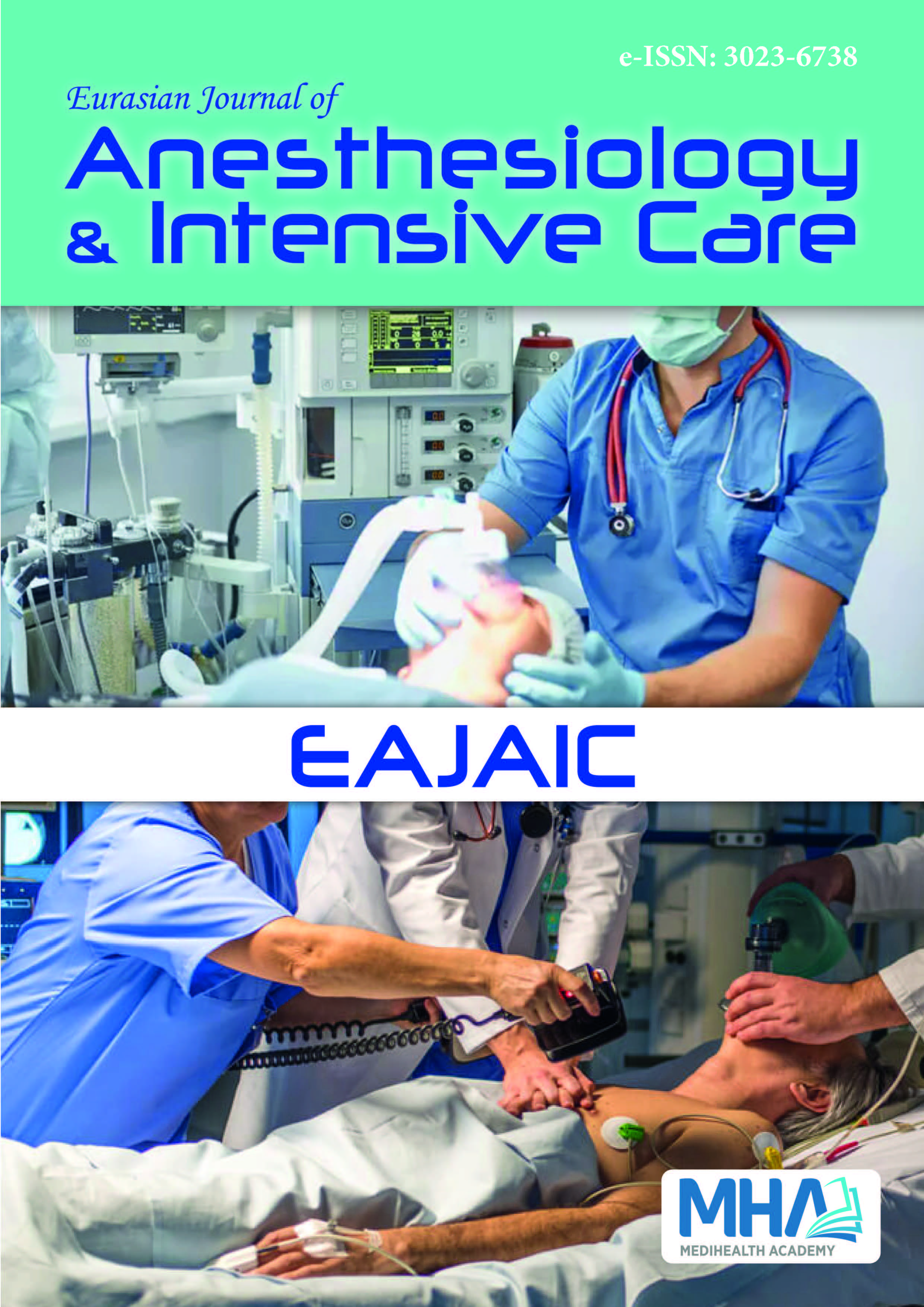1. Ingelfinger JR. Risks and benefits to the living donor. N Engl J Med.2005;353(5):447-449.
2. Ratner LE, Montgomery RA, Kavoussi LR. Laparoscopic live donornephrectomy: the four year Johns Hopkins University experience.Nephrol Dial Transplant. 1999;14(9):2090-2093.
3. Brook NR, Nicholson ML. An audit over 2 years’ practice of open andlaparoscopic live-donor nephrectomy at renal transplant centres in theUK and Ireland. BJU Int. 2004;93(7):1027-1031.
4. Aboutaleb E, Herbert P, Crane J, Hakim N. Mini-incision donornephrectomy techniques: a systematic review. Exp Clin Transplant. 2010;8(3):189-195.
5. Ratner LE, Ciseck LJ, Moore RG, Cigarroa FG, Kaufman HS, Kavoussi LR.Laparoscopic live donor nephrectomy. Transplant. 1995;60(9):1047-1049.
6. Nanidis TG, Antcliffe D, Kokkinos C. Laparoscopic versus open livedonor nephrectomy in renal transplantation: a meta-analysis. AnnSurg. 2008;247(1):58-70.
7. Conacher ID, Soomro NA, Rix D. Anesthesia for laparoscopicurological surgery. Br J Anaesth. 2004;93(6):859-864.
8. Alexander JI. Pain after laparoscopy. Br J Anaesth. 1997;79(3);369-378.
9. Steinhauser MM, Dawson PB, Barshick RM, Janecek JL. Painexperienced by laparoscopic donor nephrectomy patients in anacademic medical setting. Prog Transplant. 2003;13(2):117-122.
10. Ekstein P, Szold A, Sagie B, Werbin N, Klausner JM, Weinbroum AA.Laparoscopic surgery may be associated with severe pain and highanalgesia requirements in the immediate postoperative period. AnnSurg. 2006;243(1):41-46.
11. Singh R, Sen I, Wig J, Minz M, Sharma A, Bala I. An acetazolamidebased multimodal analgesic approach versus conventional painmanagement in patients undergoing laparoscopic living donornephrectomy. Indian J Anaesth. 2009;53(4):434-442.
12. Sidebotham D, Dijkhuizen MR, Schug SA. The safety and utilization ofpatient-controlled analgesia. J Pain Symptom Manage. 1997;14(4):202-209.
13. Etches RC. Respiratory depression associated with patient controlledanalgesia: a review of eight cases. Can J Anaesth. 1994;41(2):125-132.
14. Thiyagarajan UM, Bagul A, Nicholson ML. Pain management inlaparoscopic donor nephrectomy: a review. Pain Res Treat. 2012;2012:201852.
15. Nicholson ML, Kaushik M, Lewis GRR, et al. Randomized clinicaltrial of laparoscopic versus open donor nephrectomy. J Br Surg.2010;97(1):21-28.
16. Shokeir AA. Open versus laparoscopic live donor nephrectomy: afocus on the safety of donors and the need for a donor registry. J Urol.2007;178(5):1860-1866.
17. Biglarnia AR, Tufveson G, Lorant T, Lennmyr F, Wadström J.Efficacy and safety of continuous local infusion of ropivacaine afterretroperitoneoscopic live donor nephrectomy. Am J Transplant.2011;11(1):93-100.
18. Capdevila X, Moulard S, Plasse C, et al. Effectiveness of epiduralanalgesia, continuous surgical site analgesia, and patient-controlledanalgesic morphine for postoperative pain management andhyperalgesia, rehabilitation, and health-related quality of life after opennephrectomy: a prospective, randomized, controlled study. AnesthAnalg. 2017;124(1):336-345.
19. Hosgood SA, Thiyagarajan UM, Nicholson HF, Jeyapalan I, NicholsonML. Randomized clinical trial of transversus abdominis plane blockversus placebo control in live-donor nephrectomy. Transplant.2012;94(5):520-525.
20. Yeap YL, Wolfe JW, Kroepfl E, Fridell J, Powelson JA. Transversusabdominis plane (TAP) block for laparoscopic live donor nephrectomy:continuous catheter infusion provides no additional analgesic benefitover single-injection ropivacaine. Clin Transplant. 2020;34(6):e13861.
21. Sharipova V, Alimov A, Siyabayev F, Sadikov M. Erector spinae planeblock for postoperative analgesia after kidney transplant. Exp ClinTransplant. 2022;20(Suppl 1):83-85.
22. Gritsch HA, Osbun N, Grogan T, et al. Randomized controlled trialof a quadratus lumborum block with liposomal bupivacaine forpostoperative analgesia in laparoscopic donor nephrectomy. ClinTransplant. 2021;35(9):e14403.
23. Petiz C, Barbosa R, Ribeiro Boneco T, Pacheco J, Resende A. Externaloblique intercostal block for living kidney donor open nephrectomy: acase series. Cureus. 2023;15(5):e39139.
24. Bruintjes MH, Braat AE, Dahan A, et al. Effectiveness of deep versusmoderate muscle relaxation during laparoscopic donor nephrectomyin enhancing postoperative recovery: study protocol for a randomizedcontrolled study. Trials. 2017;18(1):99.
25. Lee SH, Lim KC, Jeon MK, et al. Postoperative pain and influencingfactors among living liver donors. Transplant Proc. 2012;44(2):363-365.
26. Cywinski JB, Parker BM, Xu M, Irefin SA. A comparison ofpostoperative pain control in patients after right lobe donorhepatectomy and major hepatic resection for tumor. Anesth Analg.2004;99(6):1747-1752.
27. Yong BH, Tsui SL, Leung CC, et al. Management of postoperativeanalgesia in living liver donors. Transplant Proc. 2000;32(7):2110.

